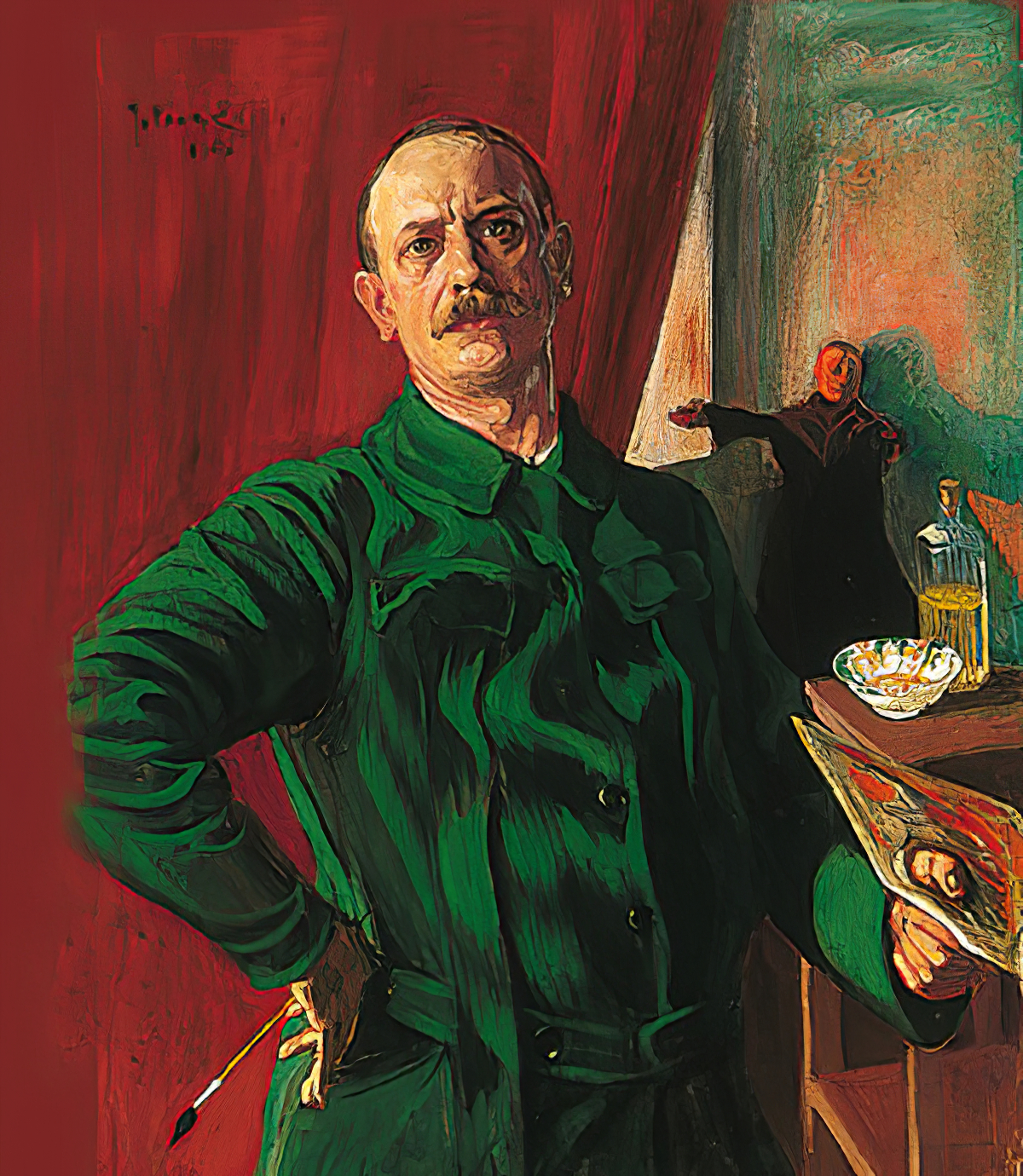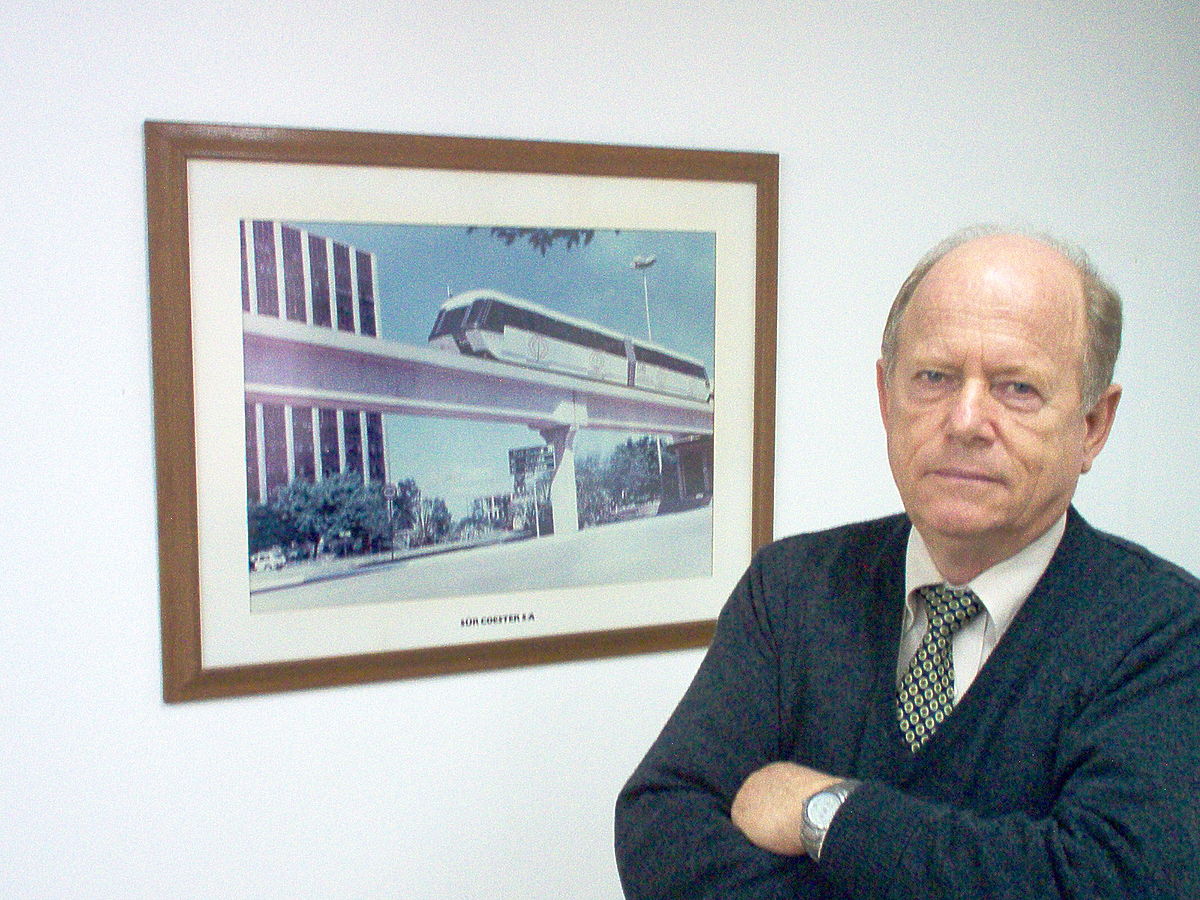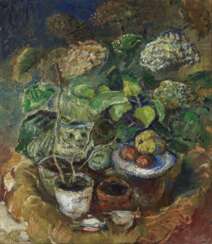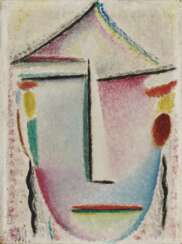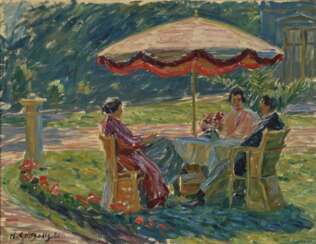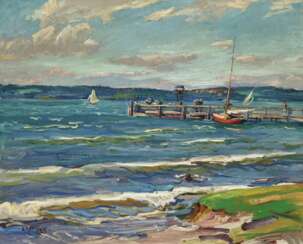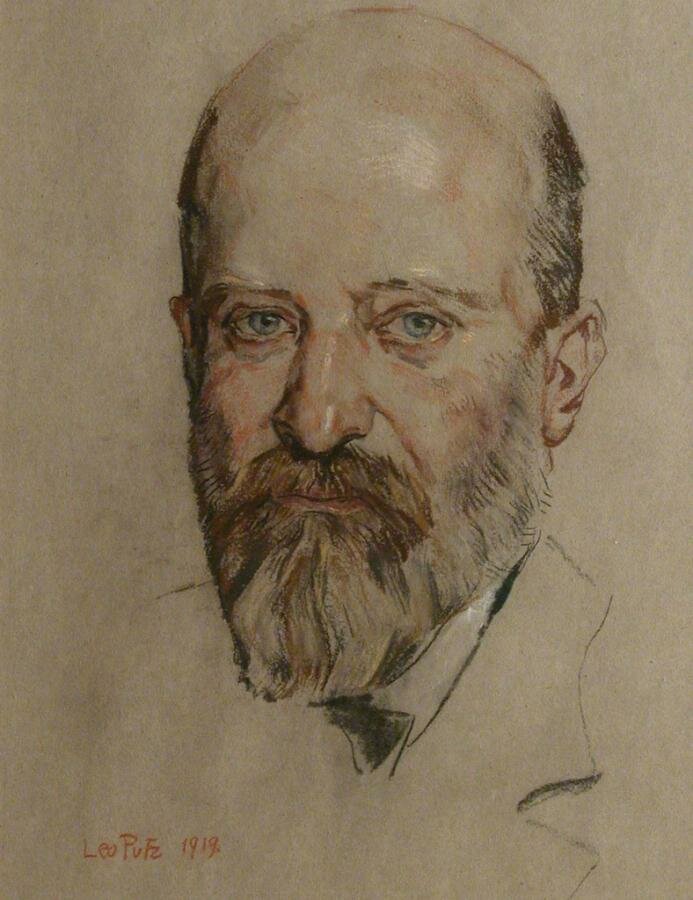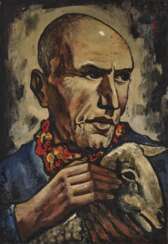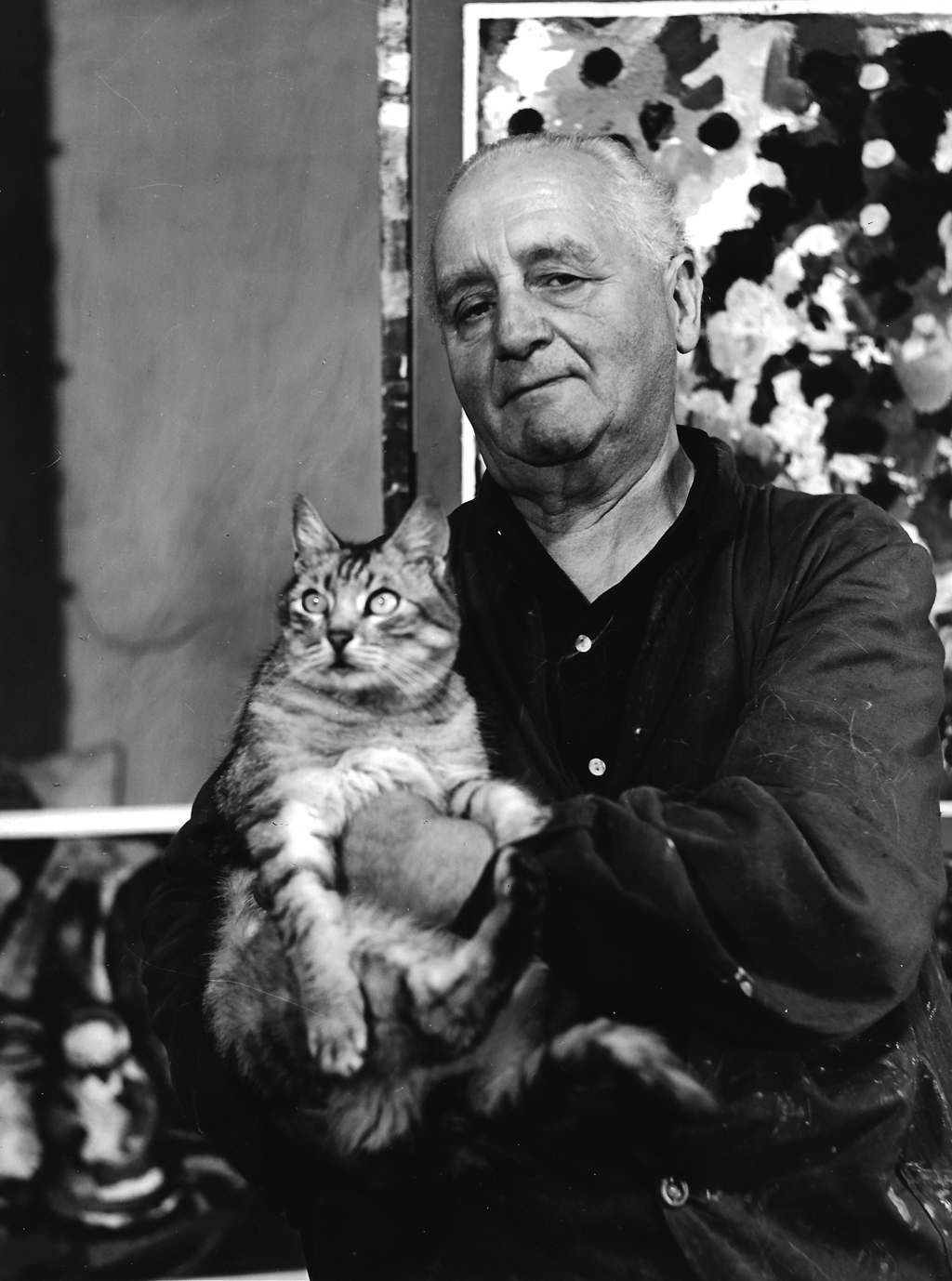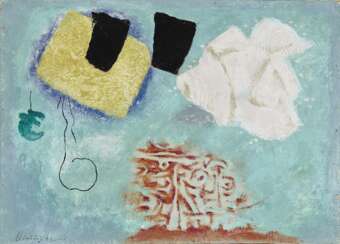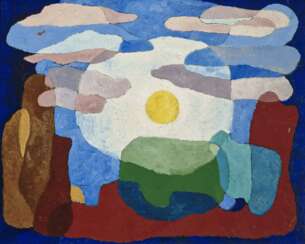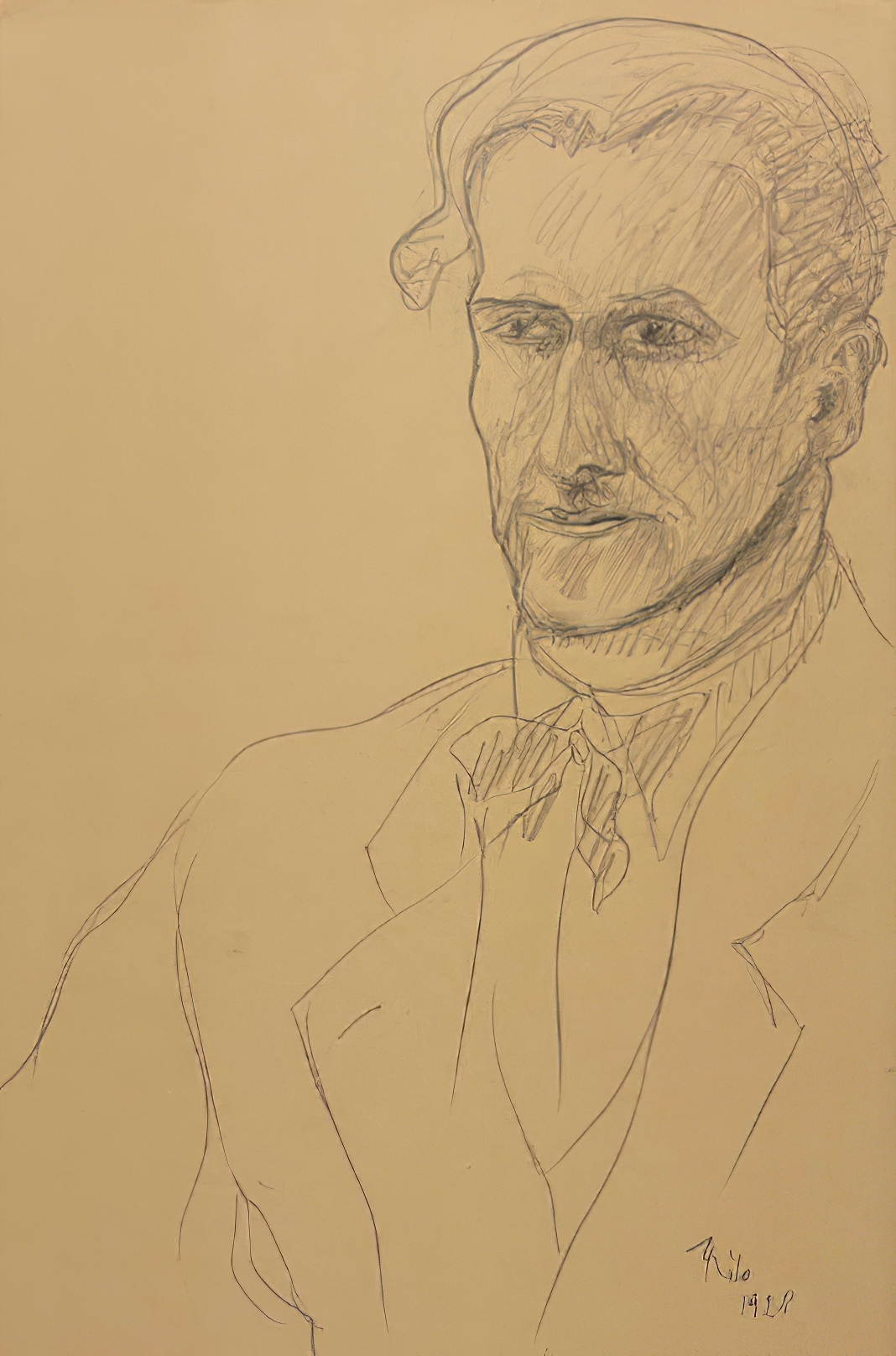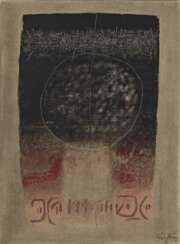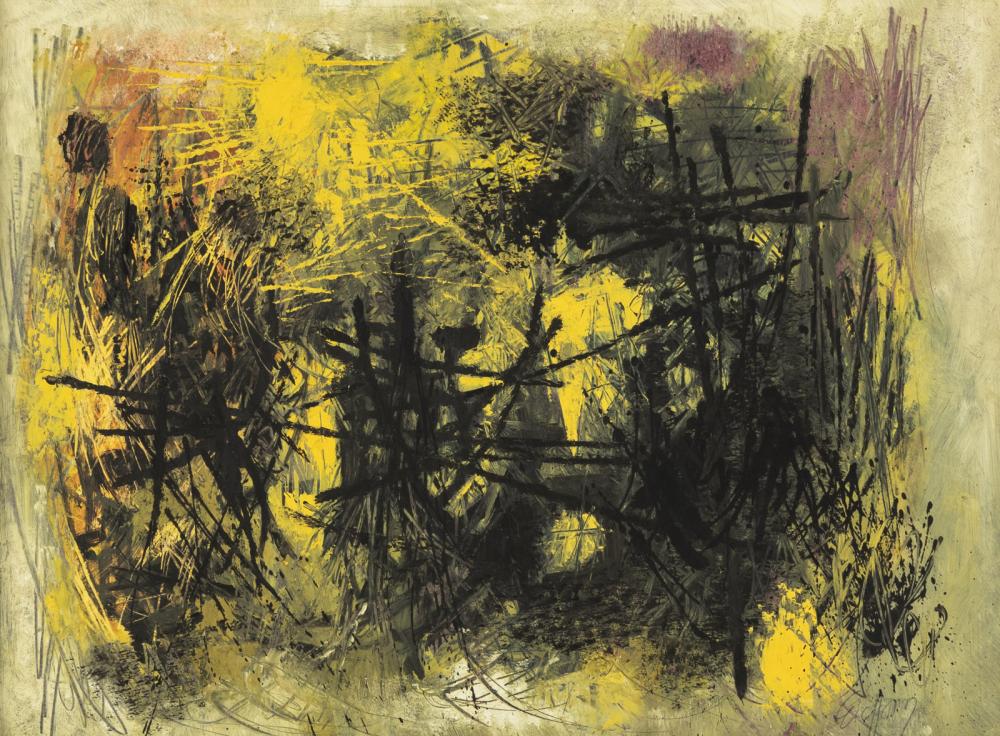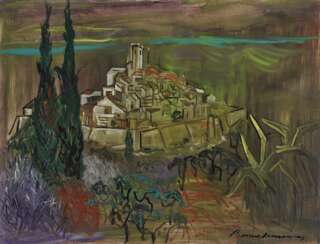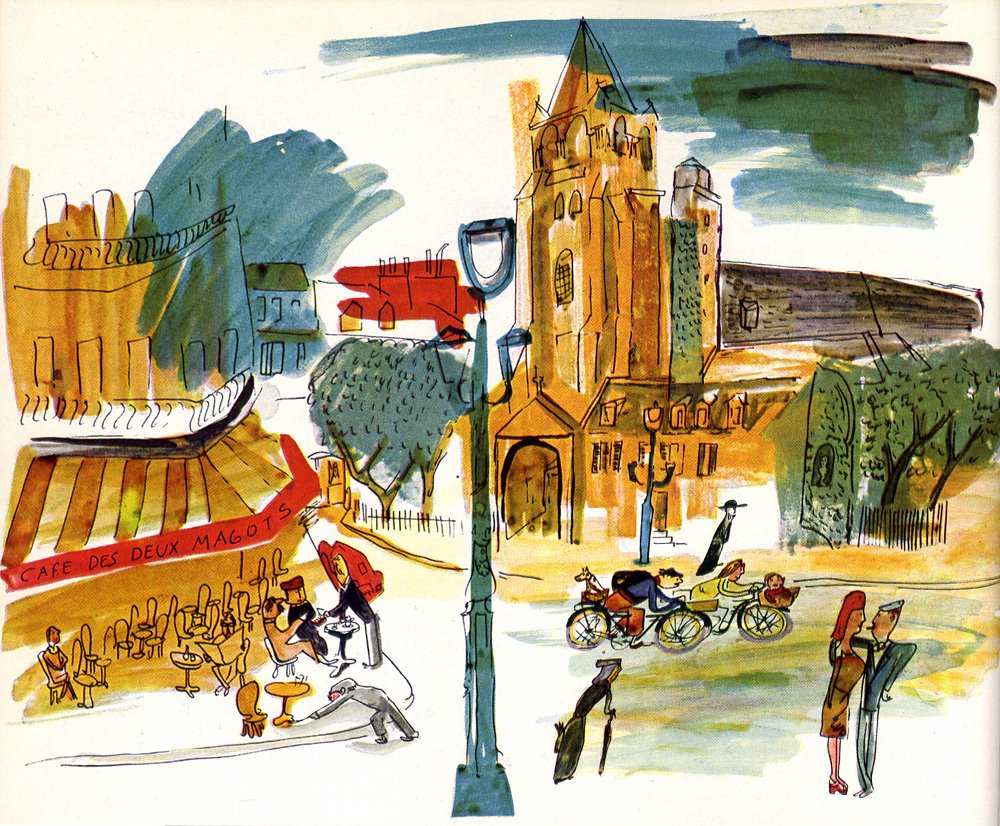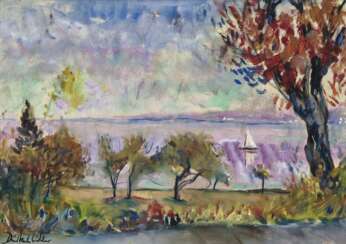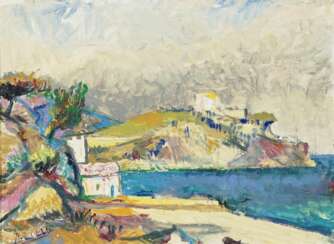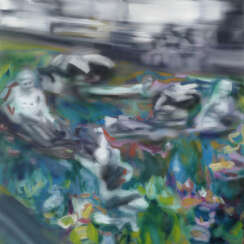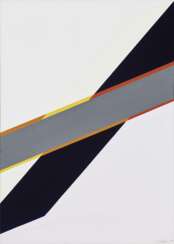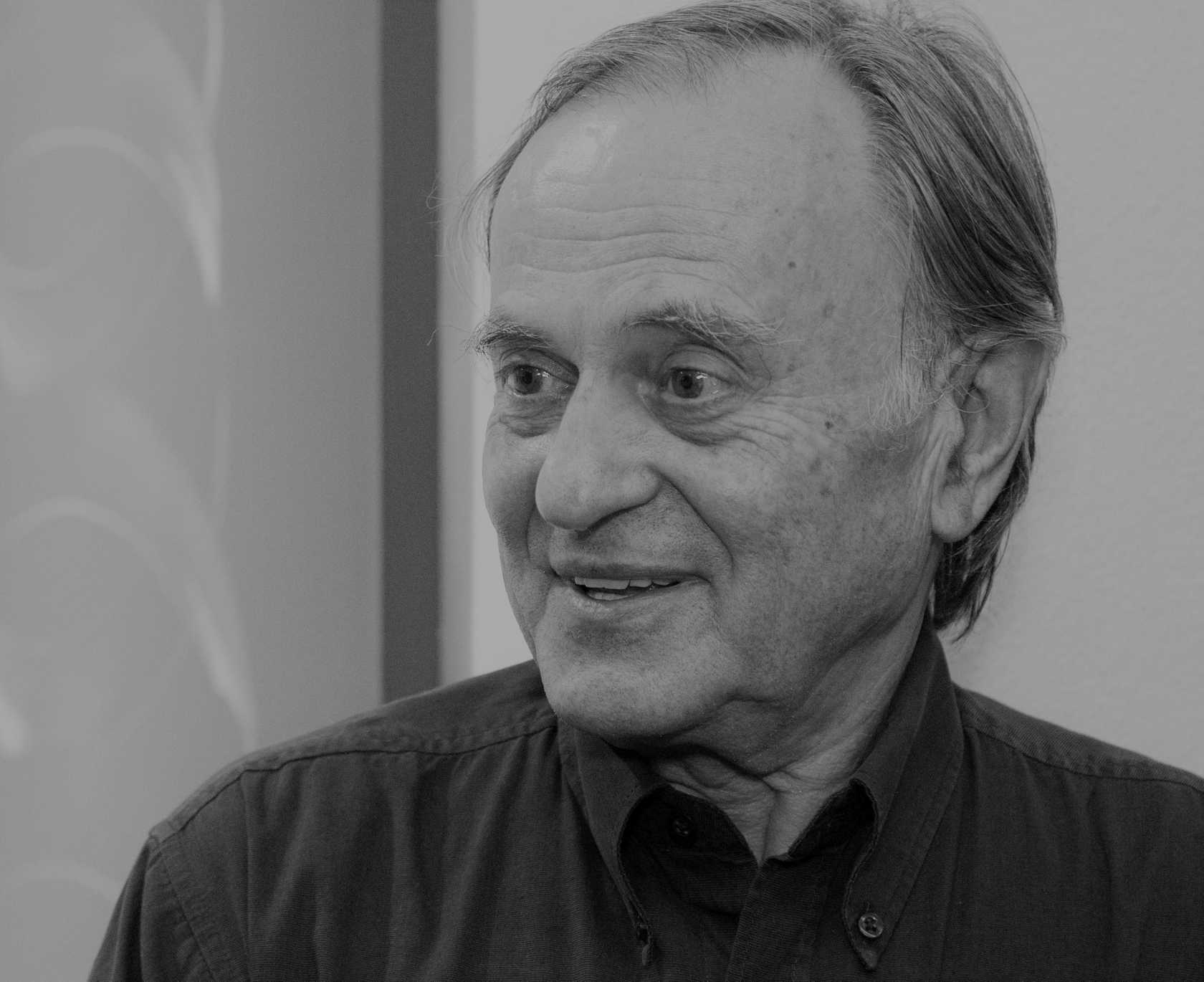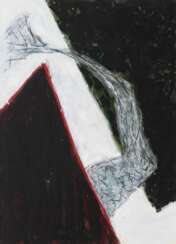
Paintings Classic Modern — Modern, post-war and contemporary art

Maurice Denis, a French painter and writer, was an influential figure in the transition from impressionism to modern art. Born on November 25, 1870, in Granville, France, Denis's artistic journey began at the Académie Julian in Paris. Here, he met future collaborators like Paul Sérusier and Pierre Bonnard, with whom he later formed the Nabis group, a collective deriving its name from the Hebrew word "Nabi," meaning "Prophet".
Denis's style evolved from neoimpressionism, influenced by artists like Seurat, to a more decorative and colorful approach under the influence of Gauguin. This shift is evident in works like "Taches du soleil sur la terrace" (1890). He famously stated, "Art is no longer a visual sensation... it is a creation of our spirit," highlighting his belief in art as an idealistic expression, transcending mere imitation of nature.
Denis was also impacted by Japanese art, which influenced his compositions and styles, contributing to his unique and recognizable approach. His philosophy on art, encapsulated in his 1890 essay published in "Art et Critique," emphasized the importance of color and form in creating emotional depth, a notion that laid the groundwork for modernism. He argued that a painting's essence lies in its colors and composition, rather than its subject matter.
Throughout his career, Denis's work evolved towards a more classical approach. His involvement with the Ateliers d'Art Sacré, founded in 1919, demonstrated his interest in religious art and decoration. His notable works include "The Legend of Saint Hubert" (1897) and "The History of Music" for the Théâtre des Champs Elysées (1912-1913).
Tragically, Maurice Denis's life ended on November 13, 1943, when he was struck by a truck during the German occupation of Paris. However, his legacy endures through his contributions to modern art and symbolism, his influence on fellow artists, and his works displayed in various museums and galleries.
For collectors and art experts, Denis's work offers a unique glimpse into the evolution of modern art. His blend of symbolism, color, and form marks a significant shift in art history. To stay updated on new sales and auction events related to Maurice Denis's work, sign up for our newsletter. This subscription will keep you informed about the latest developments in the world of this remarkable artist.
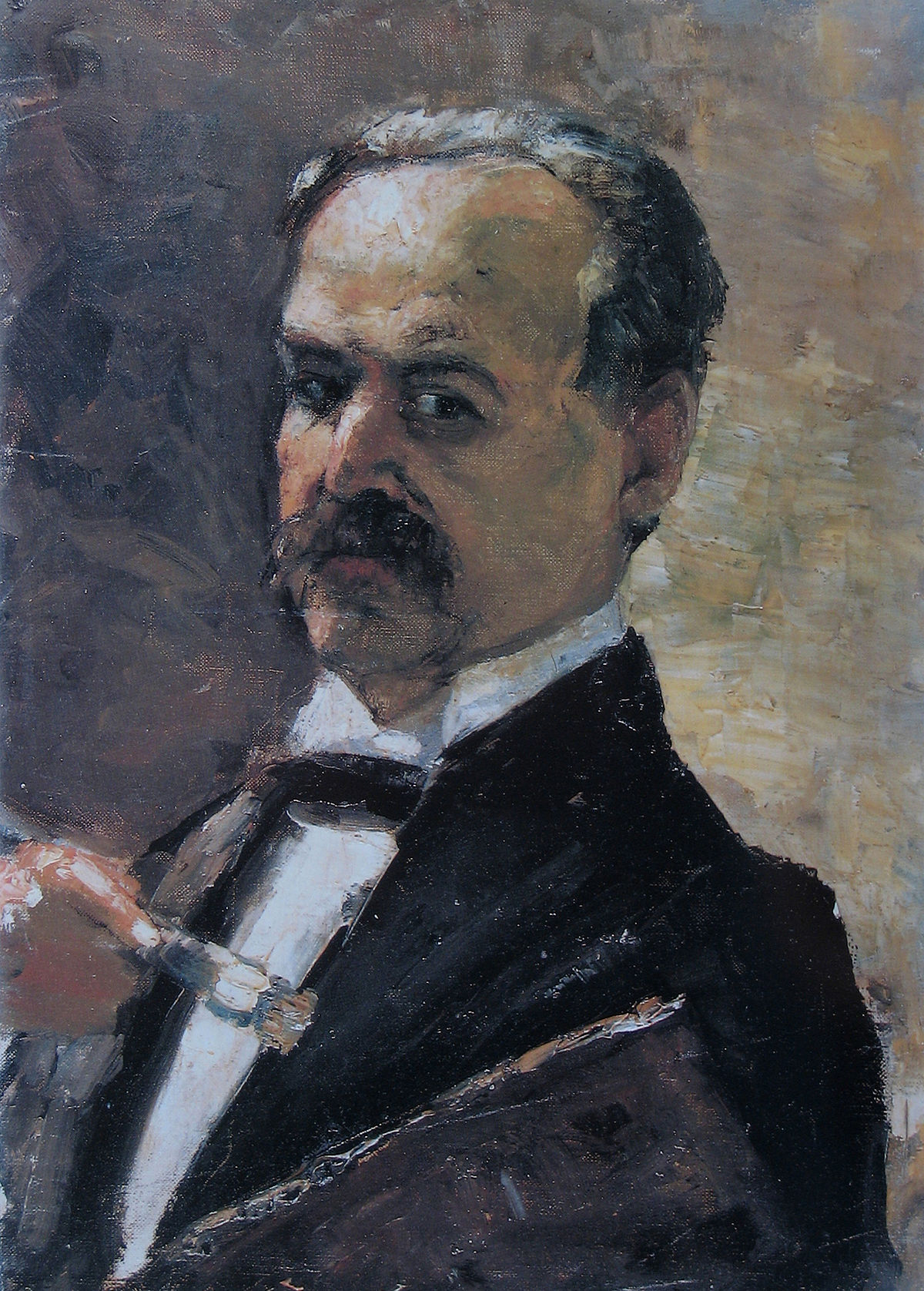
Lesser Ury was a German painter of the late nineteenth and first third of the twentieth centuries of Jewish origin. He is known as an impressionist painter, graphic artist and printmaker, a representative of the Düsseldorf school of painting.
Ury painted rural and urban landscapes, still lifes and monumental paintings on biblical themes. His works depicting the streets of Berlin and views of Brandenburg are particularly notable. Ury mastered both oil colors, creating floral paintings and urban scenes, and pastels, conveying an atmosphere of air and light in landscapes.
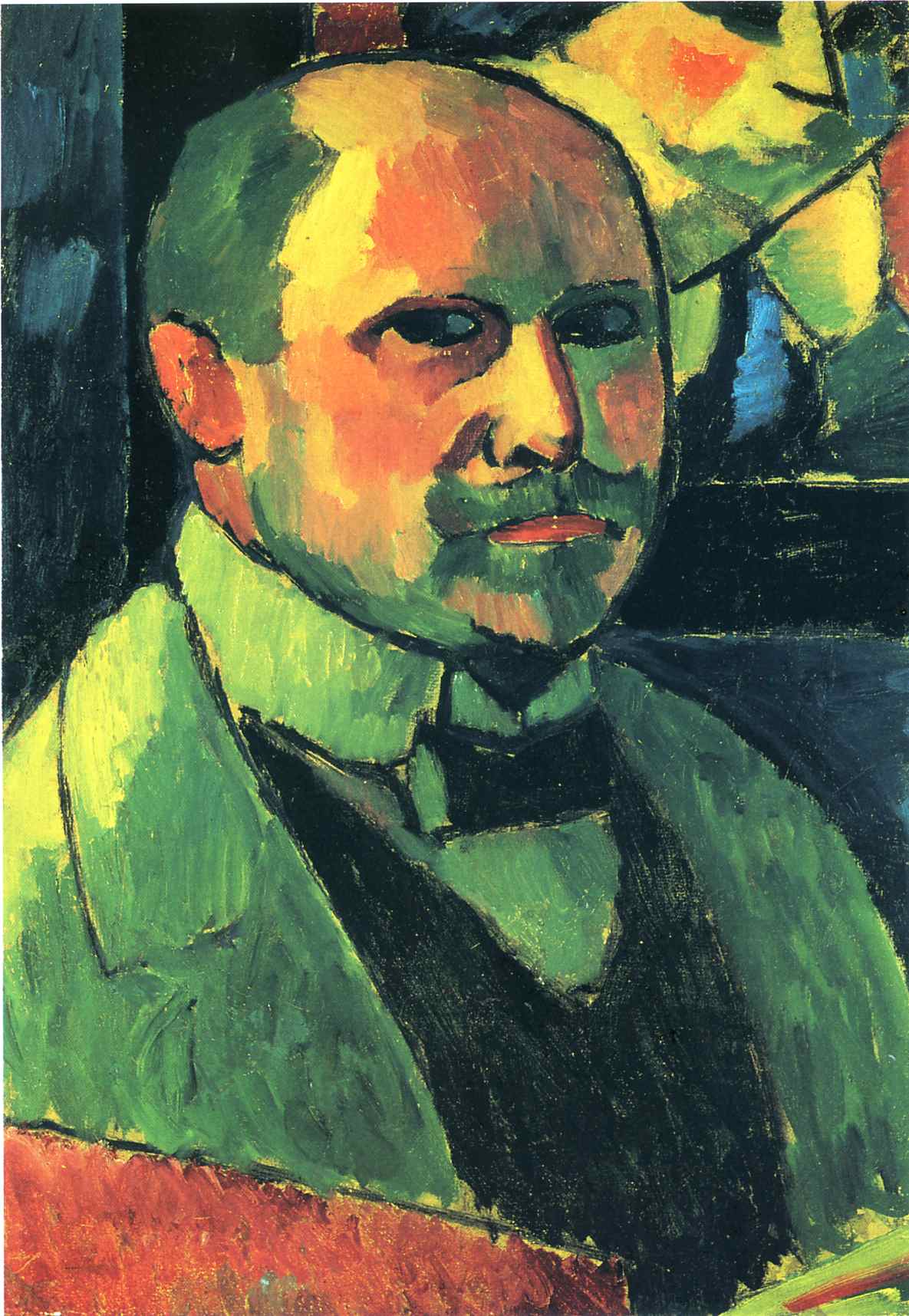
Alexej Georgewitsch von Jawlensky (Russian: Алексе́й Гео́ргиевич Явле́нский), a prominent Russian painter active in Germany, is renowned for his significant contributions to the Expressionist movement. Born in Russia in 1864, Jawlensky's artistic journey led him to Germany, where his career flourished alongside contemporaries such as Wassily Kandinsky. His work is celebrated for its vibrant use of color and emotional depth, qualities that have established him as a key figure in modern art.
Jawlensky's art evolved through various phases, from early landscapes and portraits to his later, more abstract works. Perhaps most notable among these are his "Mystical Heads" and "Saviour's Faces" series, inspired by the spiritual iconography of his Russian heritage, and his "Abstract Heads," where he explored the synthesis of spiritual expression and modernist aesthetics. These series reflect Jawlensky's lifelong quest to capture the soul's essence through the human face, a theme that resonates throughout his oeuvre.
His legacy extends beyond his artistic output; Jawlensky's influence is evident in the formation of The Blue Four, a group that played a crucial role in promoting modern art in Europe and the United States. Despite facing severe arthritis in his later years, which eventually halted his ability to paint, Jawlensky's dedication to his craft remained unwavering. He dictated his memoirs, ensuring his artistic philosophies and insights were preserved for future generations.
Jawlensky's works are held in high esteem and are featured in prestigious collections worldwide, including the Museum Wiesbaden, which boasts the most extensive collection of his works in Europe. His contributions to art have been recognized posthumously through significant sales at auction and the establishment of the Jawlensky Award, which honors contemporary artists' achievements in his memory.
For collectors and art and antiques experts, Jawlensky's work offers a profound insight into the evolution of Expressionism and the enduring power of the visual arts to convey deep emotional and spiritual truths. His life and work continue to inspire and influence, a testament to his significant impact on the art world.
For those interested in exploring the depths of Expressionist art and the legacy of Alexej Georgewitsch von Jawlensky, staying informed about upcoming sales and auction events related to his work is invaluable. Signing up for updates can provide access to the latest opportunities to engage with his impactful and beautiful creations.
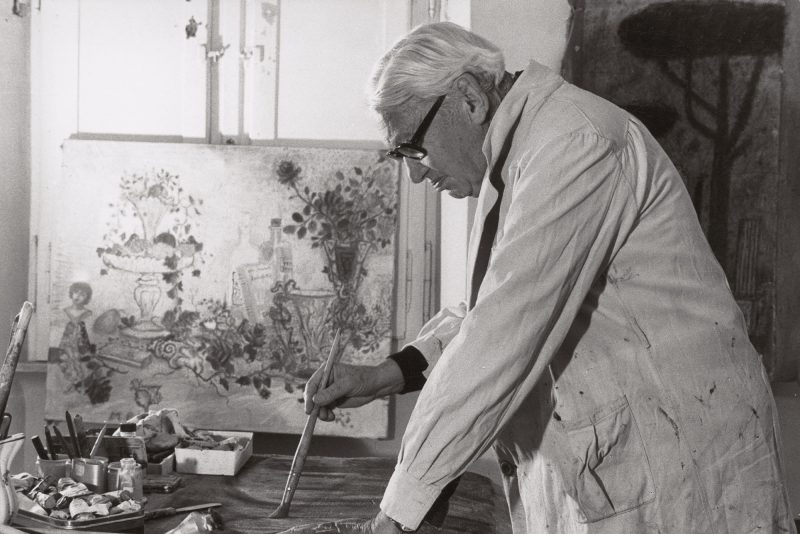
Max Peiffer Watenphul was a German artist. Described as a "lyric poet of painting", he belongs to a "tradition of German painters for whom the Italian landscape represented Arcadia." In addition to Mediterranean scenes, he regularly depicted Salzburg and painted many still lifes of flowers. As well as oil paintings, his extensive body of work encompasses watercolours, drawings, enamel, textiles, graphic art, and photographs.
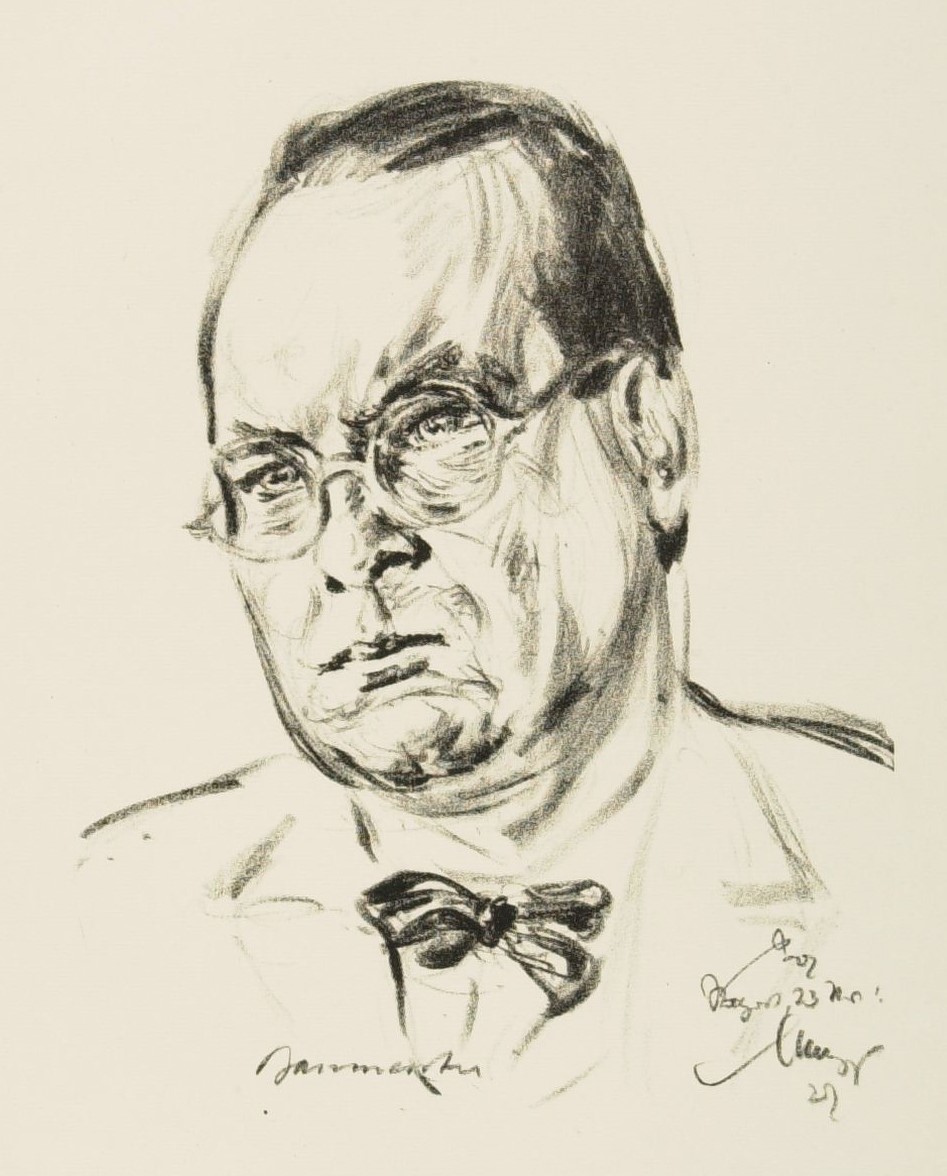
Willi Baumeister was a German painter, scenic designer, art professor, and typographer. His work was part of the art competitions at the 1928 Summer Olympics and the 1932 Summer Olympics.
.jpg)
Max Ernst was a pivotal figure in the 20th-century art world, whose work transcended the boundaries of nationality and genre to leave an indelible mark on culture, art, sculpture, and painting. Born in Germany on April 2, 1891, and later becoming a naturalized American and French citizen, Ernst's career was a testament to his relentless innovation and creativity. Known primarily as an artist and painter, Ernst was a founding member of the Dada movement in Cologne before becoming a major proponent of Surrealism in Paris. His early encounters with the works of Pablo Picasso, Vincent van Gogh, and Paul Gauguin at the Sonderbund exhibition in 1912 deeply influenced his artistic direction, infusing it with elements of Cubism and Expressionism. Despite his lack of formal artistic training, Ernst's experimentation with techniques such as collage and frottage showcased his unique ability to blend the absurd with the sublime, making him a central figure in the artistic avant-garde of his time.
Ernst's work is notable for its exploration of the unconscious, using dreamlike imagery and symbolic figures to critique societal norms and delve into the chaos of the human psyche. His experiences in World War I profoundly impacted his worldview, leading to a deep skepticism of Western culture and an enduring search for meaning through art. This is evident in works such as "Europe After the Rain II," which reflects the devastation of war and "The Fireside Angel," inspired by the political turmoil of the Spanish Civil War, showcasing his ability to address contemporary issues through a surreal lens.
Ernst's contributions to art are preserved in major museums and galleries worldwide, including the Tate in the United Kingdom and the Museum of Modern Art in New York. His sculptures, paintings, and collages continue to be celebrated for their innovative techniques and imaginative scope, marking him as a revolutionary figure in modern art. Among his most significant works are "Ubu Imperator," "The Elephant Celebes," and "The Virgin Spanking the Christ Child before Three Witnesses," each reflecting his mastery over a diversity of mediums and themes.
For collectors and experts in art and antiques, Max Ernst remains a symbol of artistic freedom and exploration. His ability to navigate through various artistic movements while maintaining a distinct, innovative voice is a testament to his enduring legacy in the art world. To stay updated on new product sales and auction events related to Max Ernst, signing up for updates is a valuable opportunity for those deeply invested in the nuances of modern and surreal art.
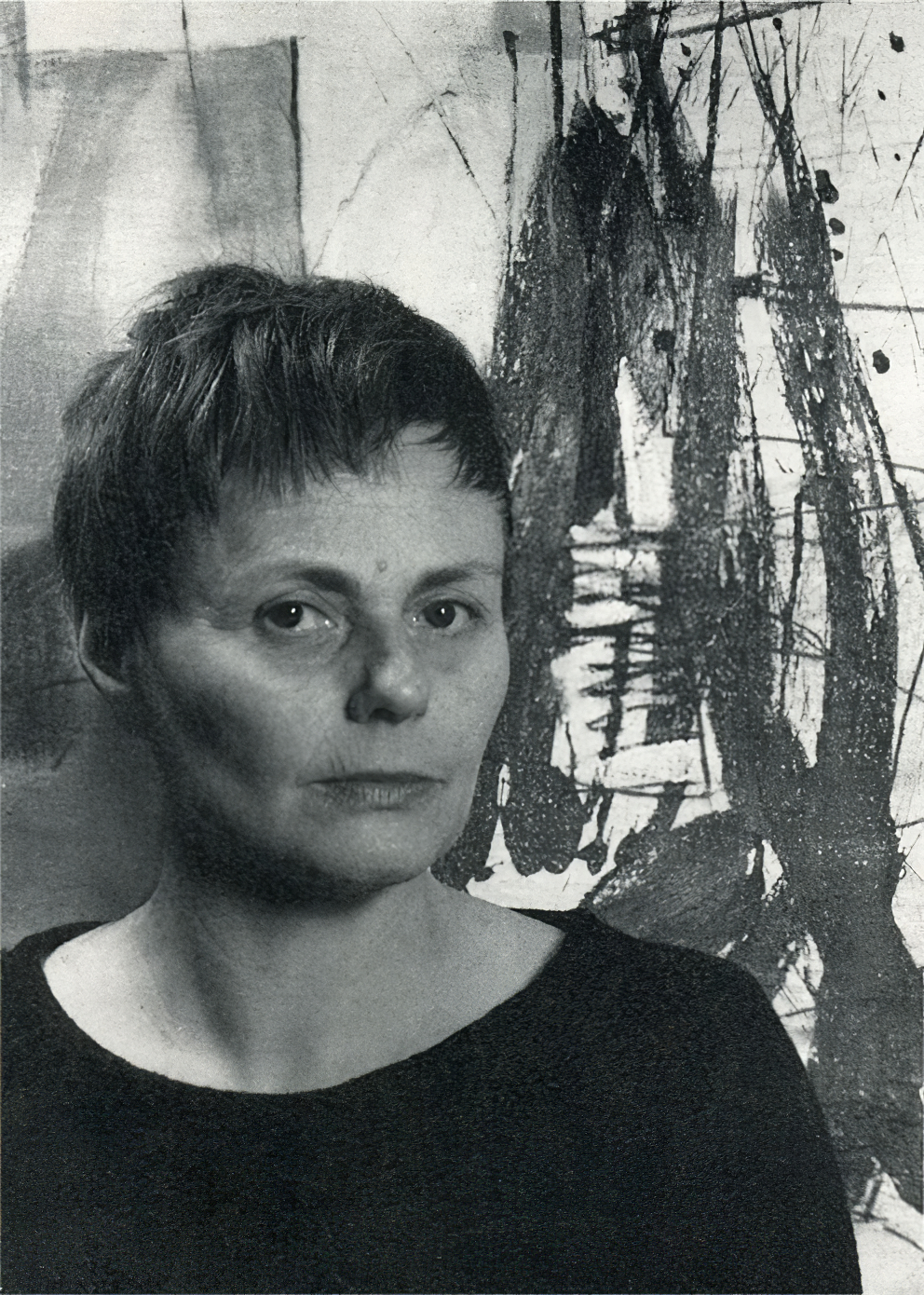
Irma Hünerfauth, also known as IRMAnipulations, was a German painter, sculptor and object artist who turned junkyard scrap into sculptures, machines and kinetic art objects that mocked consumer society. She opposed traditional academic art, rebelled against academism and followed radical contemporary art trends in post-war Germany. Through her work she is related with the concept of artists from the post-war modernity (Abstract expressionism, Fluxus, Informalism, Tachisme) as well as the Nouveau Réalisme group of artists, such as Niki de Saint-Phalle, Jean Tinguely, Arman as well as Daniel Spoerri.


